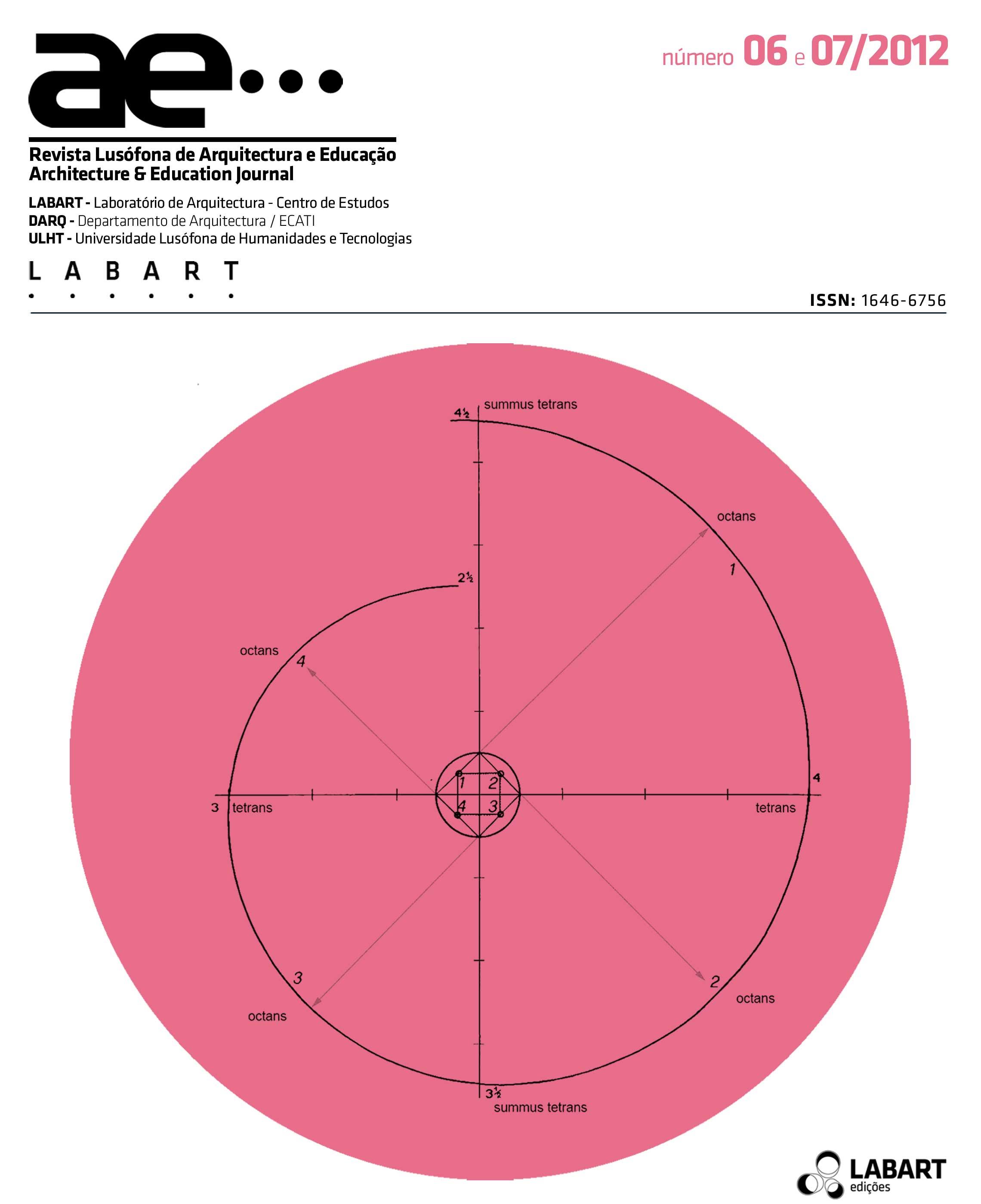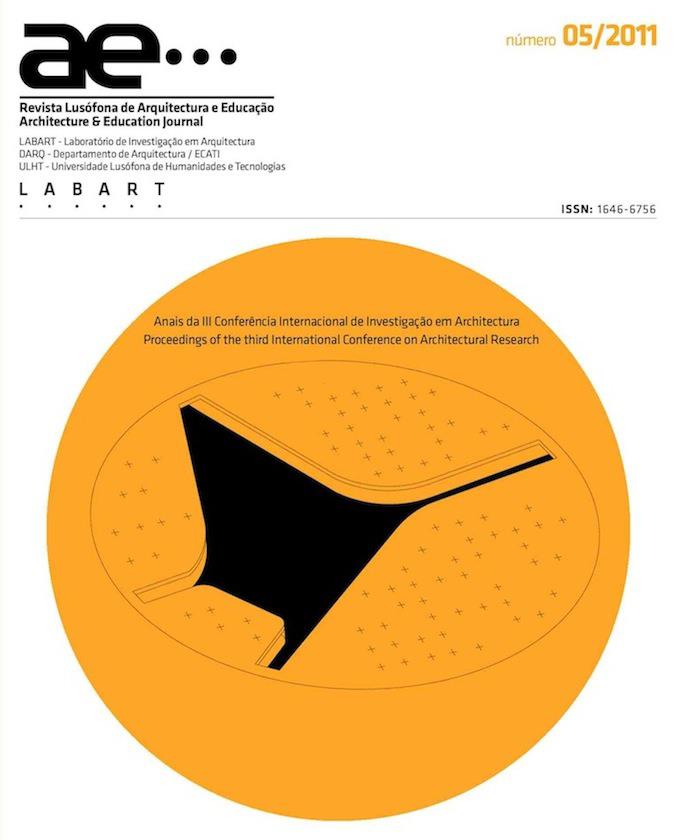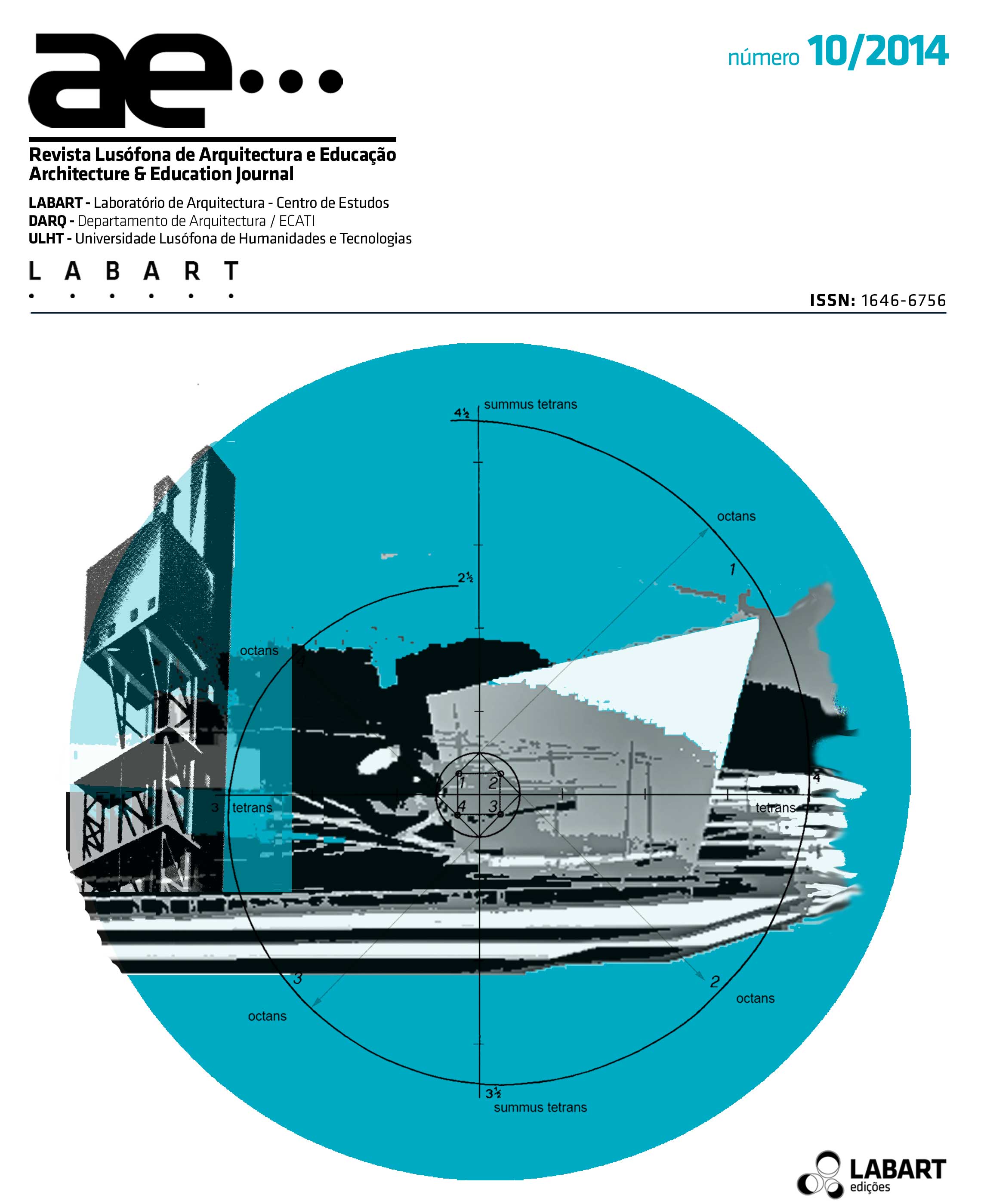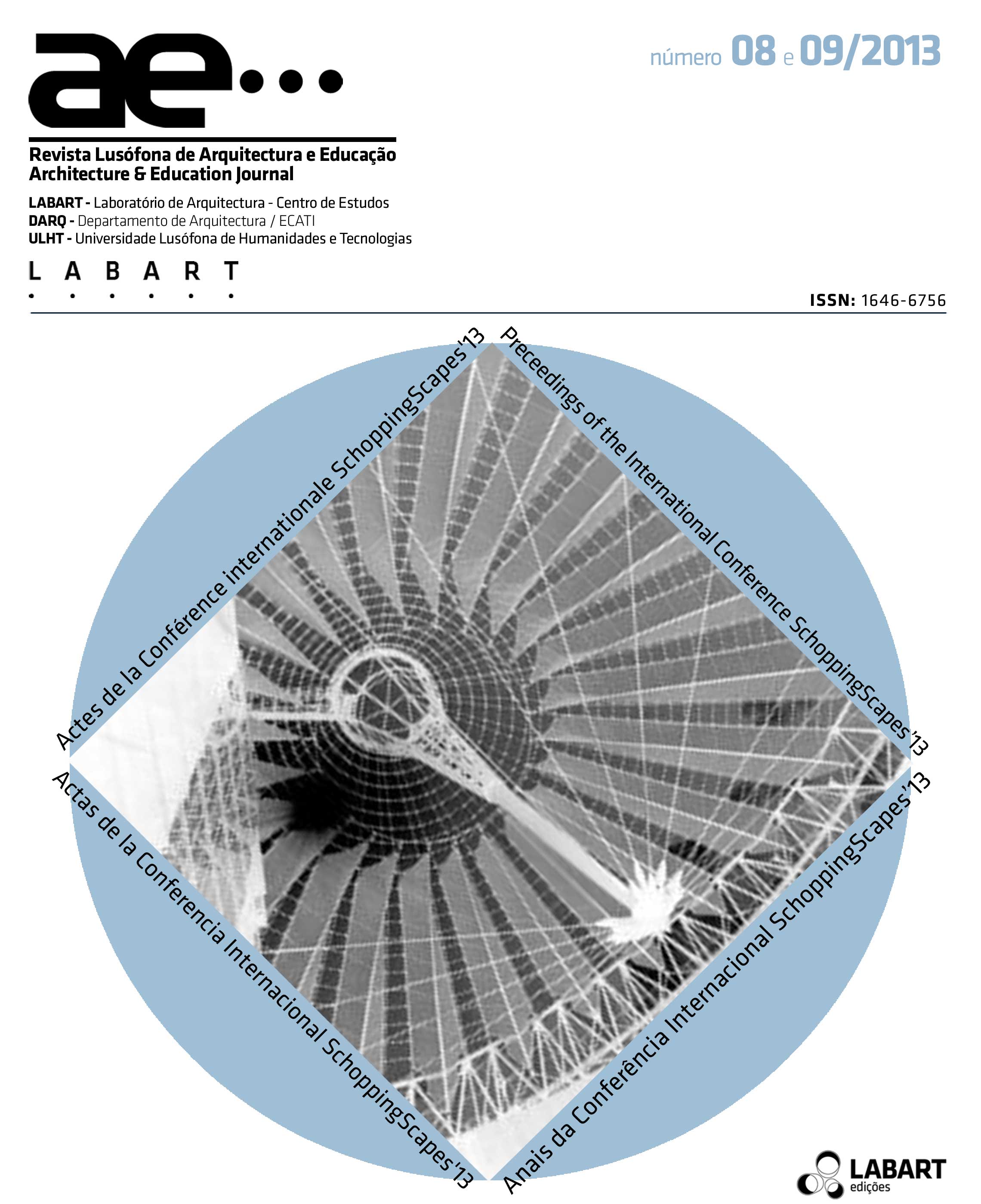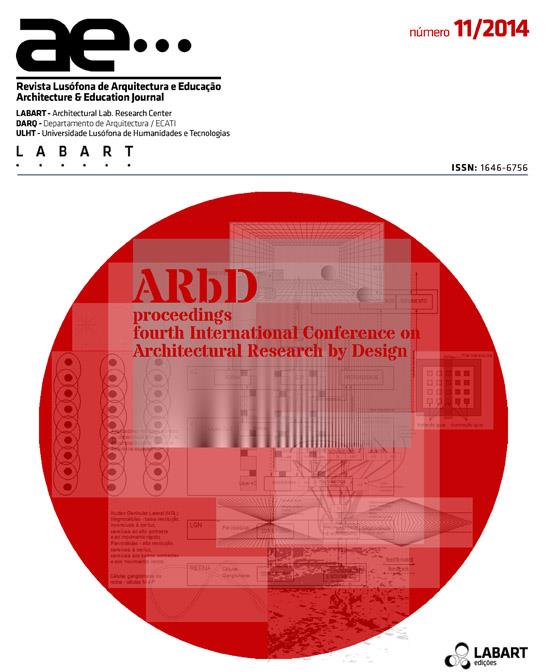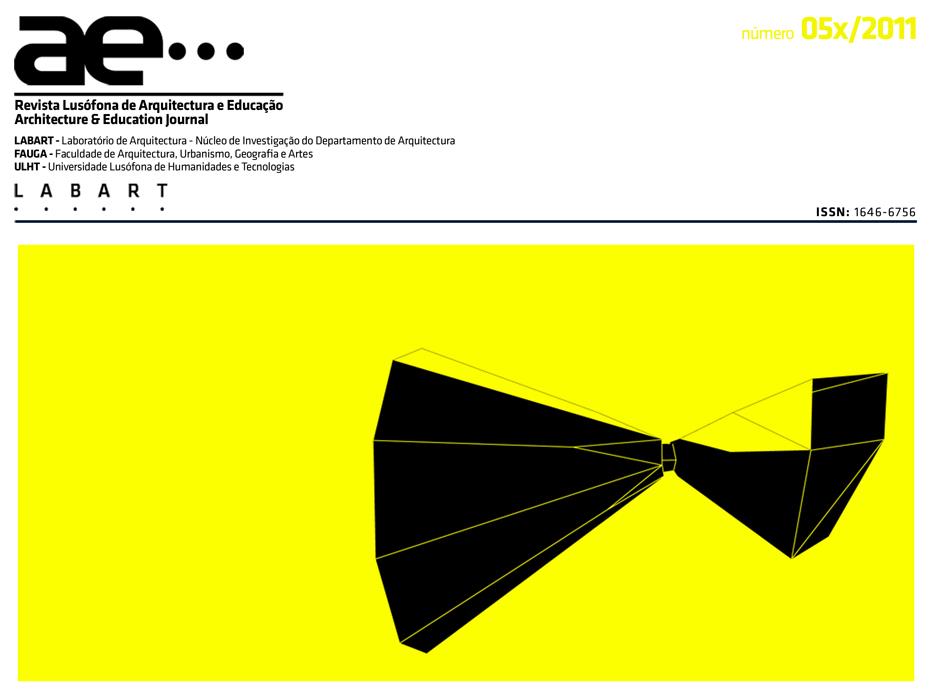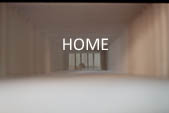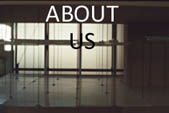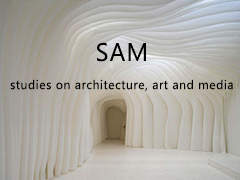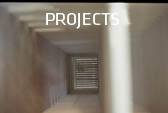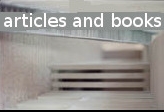Presentation, mission and objectives
Architecture & Education Journal (AE) is a scientific journal published every six month, constituting itself as an organ of expression of
researchers at the Architectural Lab - LabART, based in the Department of Architecture of the School of Communication, Architecture, Arts
and Information Technologies (ECATI). The main objectives of the journal are the publication, support and dissemination of applied and
theoretical scientific research developed by its members, and the encouragement of the scientific exchange with other national and foreign
research centres working in the same or similar area. The AE journal has an transdisciplinary nature and is a publication in Portuguese and
English. Thus, the AE journal is aimed at students, teachers and researches of the Lusófona space, and other countries, both due to the
cultural proximity with the former, and the universality of expression in the latter is due to the excellence of the scientific articles submitted in
these languages.
The main research areas (sections) in the AE journal are as follows:
1. Architectural Education;
2. Architectural Design;
3. Theory, History and Aesthetics;
4. Urbanism and Urban Design.
5. Construction and Sustainability;
The journal can also publish: Conferences / Proceedings; Student’s Research Work (SRW); and Critical Reviews
Organization
Director:
João Manuel Barbosa Menezes de Sequeira (2010 to 2014)
Editorial Board:
Eliana Sousa Santos.
Maria João Pereira de Matos.
Patrícia Santos Pedrosa (from 2015 onwards)
Jorge Virgílio Rodrigues Mealha Costa
Maria Rita R. Pais A. de Almeida
Nuno Eduardo Távora Miranda Gomes da Silva
Journal Board of Editors
varies according to the themes of each issue
Scientific Board:
• Ado Franchini, PhD. Arq. | Milan Polytechnic School of Architecture (Politecnico di Milano)
• António Baptista Coelho, PhD. Arq. | Núcleo de Arquitectura e Urbanismo NAU - LNEC
• Diogo Seixas Lopes, Mphil. Arq. | Eidgenössische Technische Hochschule Zürich -ETH Zürich (RIP)
• Eliana Sousa Santos PhD. Arq. | CES Center for Social Studies - Coimbra University UC
• João Augusto da Silva Appleton. PhD. Eng. | Laboratório Nacional de Engenharia Civil - LNEC
• João Carlos Vassalo Santos Cabral, PhD. Arq. | CIAUD Research Centre for Architecture, Urban Planning and Design -F.A.U.T.L.
• João Manuel Barbosa Menezes de Sequeira, PhD. Arq. | Architectural Lab Research Center (LABART) -DARQ / ULHT
• Johannes Kalvelage, PhD. Arch. | Dassau International Architecture -Anhalt University of Applied Sciences, Germany
• José Duarte Centeno Gorjão Jorge, PhD. Arq. | CIAUD Research Centre for Architecture, Urban Planning and Design -F.A.U.T.L.
• Luca Fabris, PhD. Arch. | Milan Polytechnic School of Architecture (Politecnico di Milano)
• Luís Santiago Baptista Mphil. Arq. | Architectural Lab Research Center (LABART) -DARQ / ULHT
• Margarida Helena de La Féria Valla, PhD. Arq. | LABART -DARQ/ULHT & Centro de Estudos (IHA -FLUL)
• Mário S. Ming Kong, PhD. Arq. | CIAUD Research Centre for Architecture, Urban Planning and Design -F.A.U.T.L.
• Maria Rita R. Pais A de Almeida PhD. Arq. | Architectural Lab Research Center (LABART) -DARQ / ULHT
• Maria João Pereira de Matos PhD. Arq. | Architectural Lab Research Center (LABART) -DARQ / ULHT
• Nuno Eduardo Távora Miranda Gomes da Silva Mphil Arq. | Architectural Lab Research Center (LABART) -DARQ / ULHT
• Paulo Fernando Sequeira Varela Gomes PhD | CEARQ - DARQ -Universidade de Coimbra (RIP)
• Patrícia Santos Pedrosa PhD. Arq. | Architectural Lab Research Center (LABART) -DARQ / ULHT
• Richard Foqué, PhD. Arch. | Henry van de Velde Higher Institute of Architecture at the University College Antwerp.
• Tayyibe Nur Çaglar, PhD. Arch. | D. A. F. E. A -Gazi University
• Vasco Maria Tavela de Sousa Santos Pinheiro, PhD. Arq. | Architectural Lab Research Center (LABART) -DARQ / ULHT
• Vicente del Rio, PhD. Arch. | California Polytechnic State University - USA
Image, grafics and publishing:
João Sequeira
Functioning
The journal has a director, a Editorial Board and a Scientific Board, and itch journal depending of the theme has its Journal Board of Editors.
The Director of the journal shall appoint the Editorial Board and submit the organization and approval of its Scientific Board; monitor its
operation; keep its periodicity and ensure its scientific quality; call, meetings of the Editorial Board; submit, review or change, the journal
scientific arbitration procedures; appoint the Board of Editors for itch journal; decides on the journal scientific policies; approves the thematic
issues; proposes thematic issues; and approves the invited editors for the Journal Board of Editors.
The Editorial Board shall: meet the guidelines given by its director and the journal regulation; appoint the replacement of the Journal Board of
Editors (invited editors for itch number); call, together with the director, meetings of the Editorial Board; meet the general standards of the
journal; promote, manage and implement publishing activities; help the call for papers with the Board of Editors on the themes of each issue;
and is responsible for the 1st level of blind peer review (formal level).
In order to ensure the proper functioning of the journal, the Editorial Board normally meets once a month, and extraordinarily whenever
called by the director of the journal or at the request of at least two members of the Editorial Board.
The AE journal also has its own Scientific Board proposed by the Director.
Its mission is to evaluate the articles submitted by its members or by other researchers from other national or international institutions. In order
to ensure the scientific quality of articles published by the journal, the Scientific Board is responsible for the 2nd level of blind review.
Thus, the procedures followed for the acceptance of scientific articles will be carried out by the invited editors (Board of Editors) of the thematic
issue, and they should obey the following requirements:
- Opening a call for papers held twice a year, accompanied by the drafting rules.
- After submission of the articles to the Editorial Board and maintaining the principle of blind review, this Board meets and determines formally,
which articles can proceed to a second review, this time a content review. This first review is done taking into account the formal procedures
established in the call for papers: adequacy to the theme, bibliographic referencing, article length, etc.
- If the item is not formally in accordance with the specified rules, the Editorial Board notifies its author, who now has seven days to resubmit
his/her text.
- All articles that are approved at this first stage of formal and thematic analysis are then sent to two “reviewers” of the scientific board, chosen
according to the scientific field of expertise. Each reviewer does not know his/her peer. If reviewers are not available to review the article,
they should submit a justification and new elements will be appointed.
- Each “reviewer” of the Scientific Board has a maximum of fifteen days to send the revised article to the Editorial Board.
- At this stage, articles have three statutes:
1 Refused;
2 Conditionally accepted;
3 Accepted.
- The revision of the article must be done in the electronic file, using the track changes function and the general appreciation of it must be
presented in a separate document.
- The revision should take into account the following parameters: methodology, structure and contents.
- Should there be changes to be made, if the article was conditionally accepted, the author will be informed of the assessment, receiving the
article commented and the document with an assessment grid with parameters.
- The author has, if he/she so wishes, thirty days to review the article.
- If there are no corrections to be made, which will only happen when there is complete agreement between the reports of the two evaluators,
the article will be considered as publishable.
- After this stage, the Editorial Board appoints a third reviewer who is unaware of the article and its background, to give an opinion on it.
- The opinion of this reviewer is decisive for the final publication of the article, with no possible recourse to comments from the author of the
text.
The Editorial Board of the AE Journal may propose articles by renowned national and foreign scientists for immediate publication, after the
Director’s accord.
Guidelines for authors
All the authors that submit their texts for publication in the Architecture & Education Journal assume the commitment not submitting them in
other publications. Also, they will, implicit, give to the Editorial Committee the rights of indexing their papers in international networks.
All contents of the papers are of the exclusive responsibility of the authors.
The articles submitted must have a minimum length of 4000 words and a maximum length of 5000 words.
The texts should have a title, the name of the author, their profession, the institution where they work and the position occupied. Also should
be indicated the contact elements like, address, phone and email, and with a photo of the author (3 x 3 cm - 300 dpi).
Title: it should be written in Arial 14, bold, justified. It should not be longer than two lines. Should there be quotes or other expressions that
justify it, they should always appear between straight quotation marks («»).
Sub-title: should there be a sub-title, it should be written in Arial 12, italics, justified. It should not be longer than two lines. Should there be
quotes or other expressions that justify it, they should always appear between straight quotation marks («»).
Author's name: it should be written in Arial 10, normal, justified.
Name of second author or more: it should be written in Arial 10, normal, justified. The names should be separated by a semicolon (;).
Academic degree, academic credentials, name of the institution and email contact: it should be written in Arial 9, normal, justified.
Abstract: All articles must be accompanied by one abstract in English (10 to 15 lines maximum) or two if the other in the mother language of
the author (optional). Arial 10, single space and justified.
Keywords: it should contain between 3 to five keywords related to the research, Arial 10, italics, single space, justified.
Text: The text should be written in Arial 11, justified, 1.5 space.
Quotes over three lines should appear in a separate paragraph, with a separation of 1 cm from the paragraph of the text body, Arial 10
italics, justified, single space, without quotation marks.
Whenever there are shorter quotes, these appear in the text between straight quotation marks.
Smart quotation marks should be use in other circumstances: use of foreign words, key concepts, etc.
The references to images should be organize, and named. And all this images should be sent in separated files (300 dpi resolution) and
marked on the text body.
Authorizations: When submitting the paper, the author implicitly comply the two points:
- Guaranty the ethical procedures of the scientific originality of the paper.
- Authorization for indexation of the paper, in the International data bases.
All submissions should be done using our e-mail or the on-line access http://revistas.ulusofona.pt/index.php/revlae/index
All citations and bibliography should respect the APA (American Psychological Association) norms 6st edition.
ISSN : 1646-592X (paper publication)
ISSN: 1646-6756 (electronic publication)
Indexed:
by Filomena Soares FCT

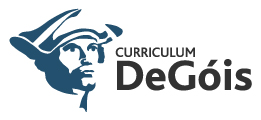

L A B O R A T O R I O . D E . A R Q U I T E C T U R A . E . A R T E S - C E N T R O . D E . E S T U D O S - LabART
L A B. . F O R . A R C H I T E C T U R E . A N D . A R T . P R O J E C T S. - R E S E A R C H . C E N T R E
Contacts
Rua das Janelas Verdes nº 32 Porta 19 1200-691 Lisboa (LabART - Artes)
Av. D. Vasco da Gama nº 52, 3Dtº 1400-128 Lisboa (LabART - Arquitectura)
phone: +351 213 901 567 / +351 213 021 312 Mobile: +351 919 321 164
Copyright ©2011 LABART - João Sequeira
updated in 2018
